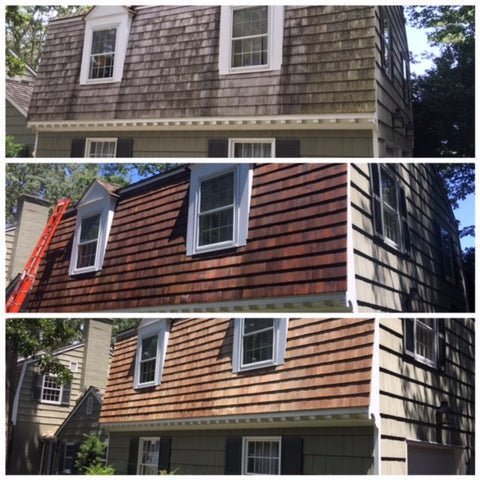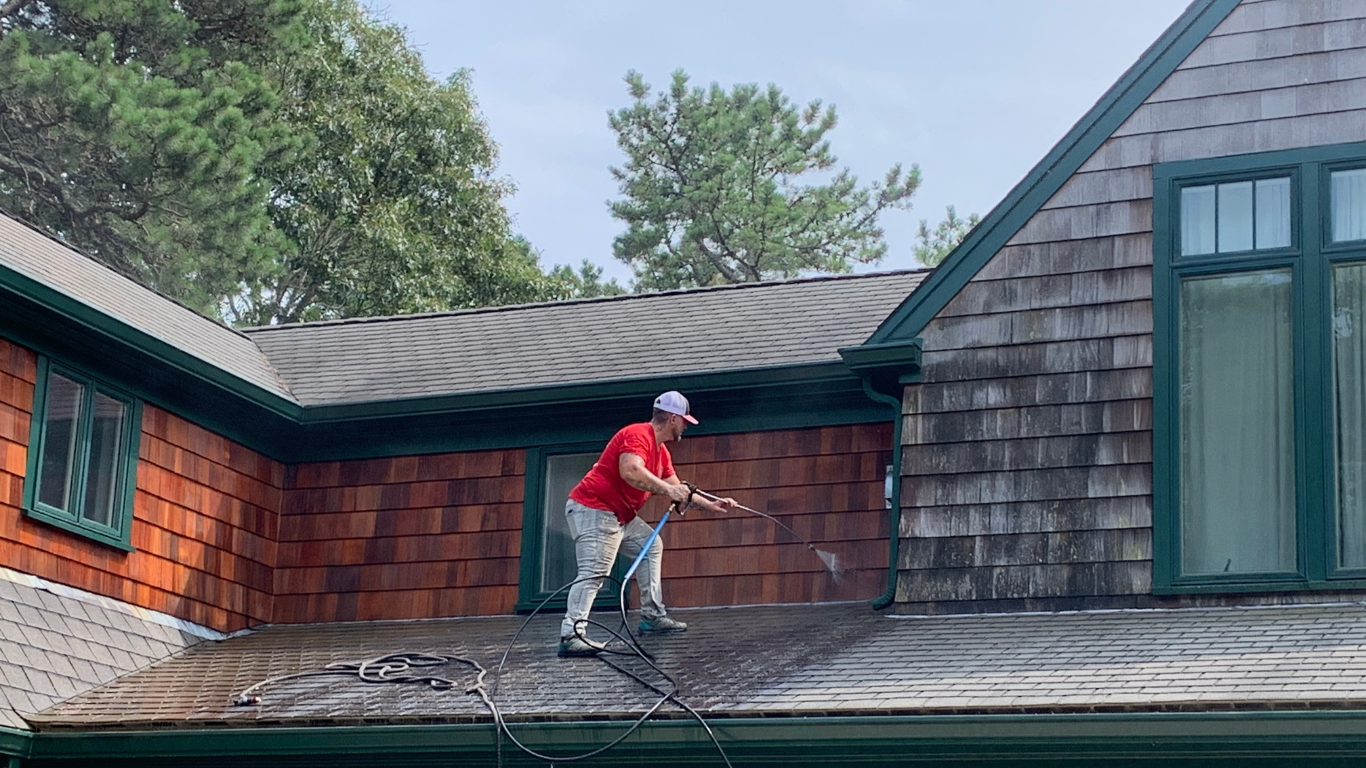How to Clean Cedar Siding on a House: Eco-Safe Guide for Cleaning Stains from Moss, Mold, Algae, Lichen on Cedar Shingles, Shakes, Clapboard and Log Cabins
How to Clean Cedar Shingles, Shakes, Clapboard and Log Cabins with Wash Safe Cedar Wash
Title
Title
Title
Title
Title
Title
How to Seal (or Weatherproof) Cedar Shingles, Shakes, Clapboard and Log Cabins with Wash Safe Cedar Seal
Title


















